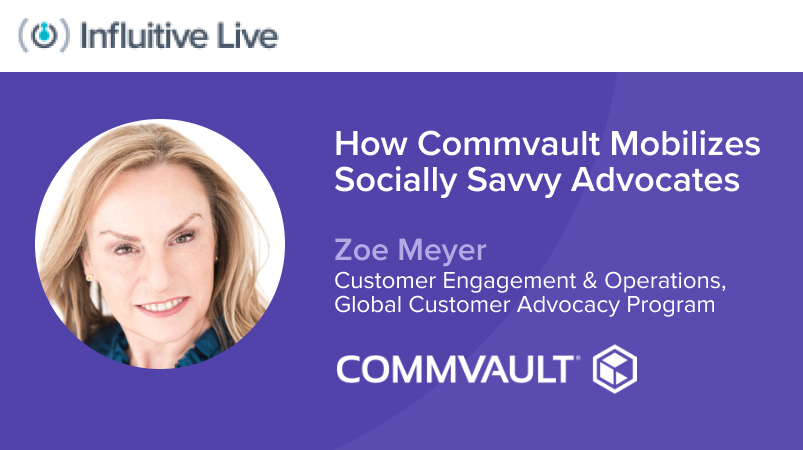In 2016, only 10% of B2B IT vendors had established customer advocacy programs, despite it being named one of the top 5 most essential competencies for marketing success, according to IDC.
IDC’s 2017 Loyalty Marketing & Advocacy Marketing Barometer study found that 67% of companies now have customer advocacy programs in place – a 570% year over year increase!
Why such a spike in customer advocacy programs? Simply put, the customer is now more self-directed in the buyer’s journey, and providing a platform for engagement goes further in building sustainable relationships for future growth.
In 2021, Forrester research stated that 95% of businesses need a formal customer advocacy program now more than ever (Boost Your B2B Business With Customer Advocacy Programs).
Offering a customer advocacy program is a proactive approach to organizing your Happy Customers around your brand and thereby attracting more.
Here are four steps to defining a trusted program:
Be prepared internally to engage your customers.
This is a top-down, bottom-up, and everything in between approach. Build a customer advocacy program into your customer engagement strategy and communicate that strategy to all the internal stakeholders. A customer advocacy program cannot be a stand-alone initiative but instead needs to be part of the bigger picture for customer engagement.
Identify the customers you would like to become advocates for your brand.
Which customers are solving their business challenges in innovative ways with your product(s)? Which customers are thought leaders in their industry? Which customers are already showing loyalty?
Provide a platform for customers to become advocates.
A customer advocacy program brings everyone together around the various activities you, as a company, can offer that give your customers a voice. Create a program that brings together all engagement opportunities from the different marketing and product teams. Let the customers decide on their participation comfort level and frequency.
Demonstrate your partnership by integrating and recognizing your advocates.
Build trust by inviting select customers to executive briefings and events or to product advisory boards, beta programs, etc., where you are listening to their feedback on various topics.
Continue to integrate them into your business by proactively creating customized opportunities for them to engage further you, such as product launches, speaking events, industry awards, and communicating with the media, for example.
Designing a customer advocacy program doesn’t happen overnight, and it takes a village, a plan, and commitment to your customer engagement strategy.




